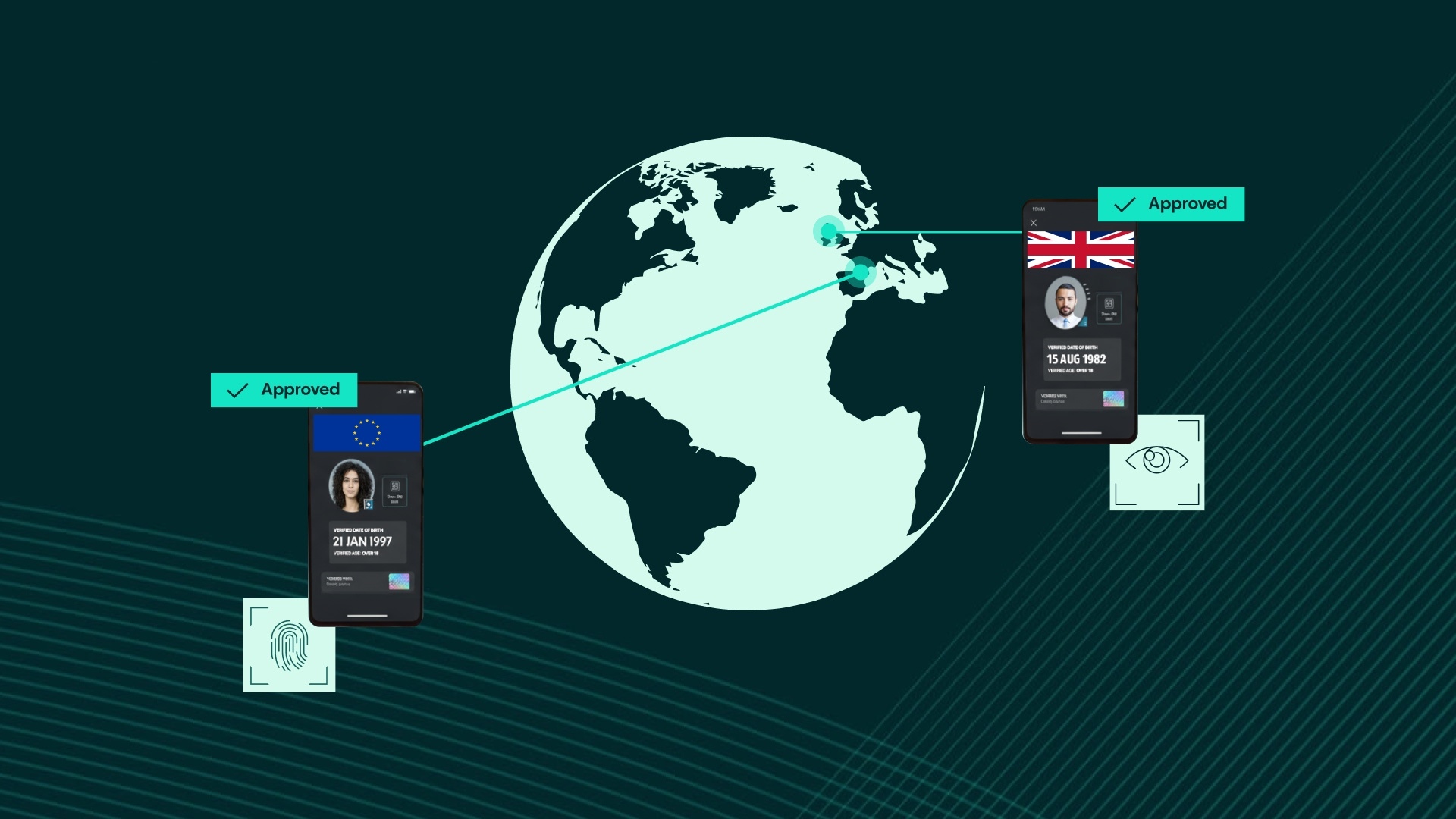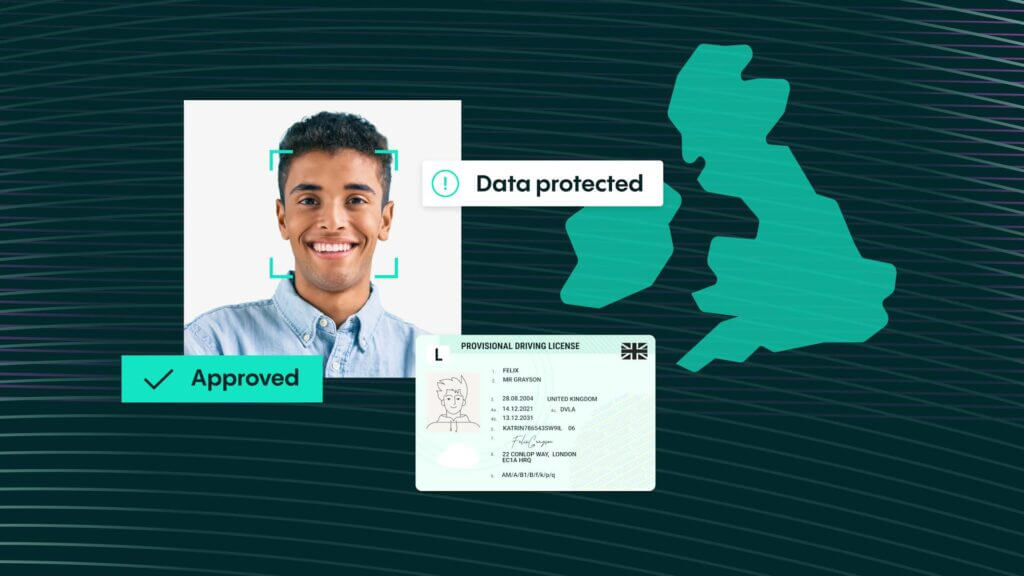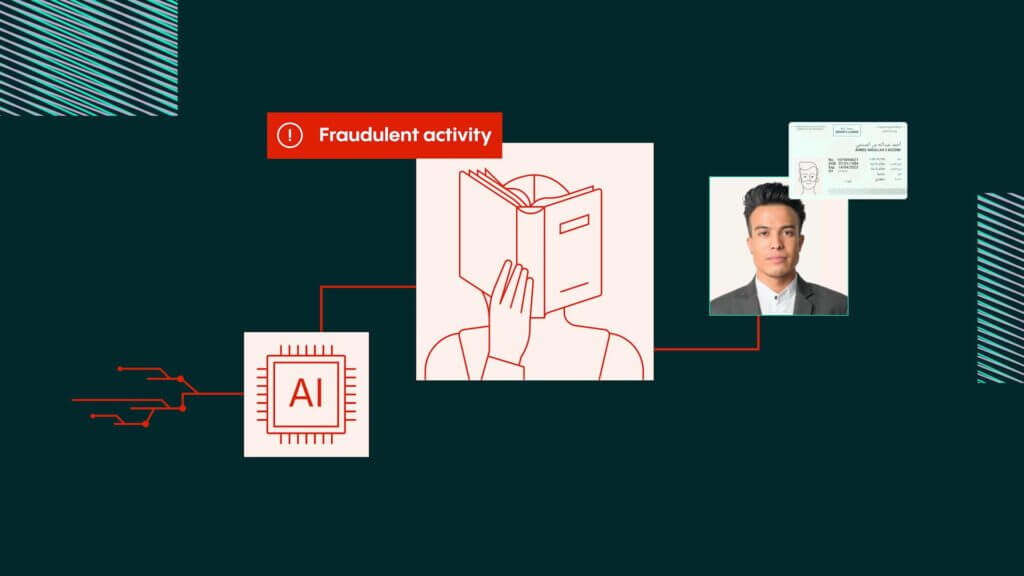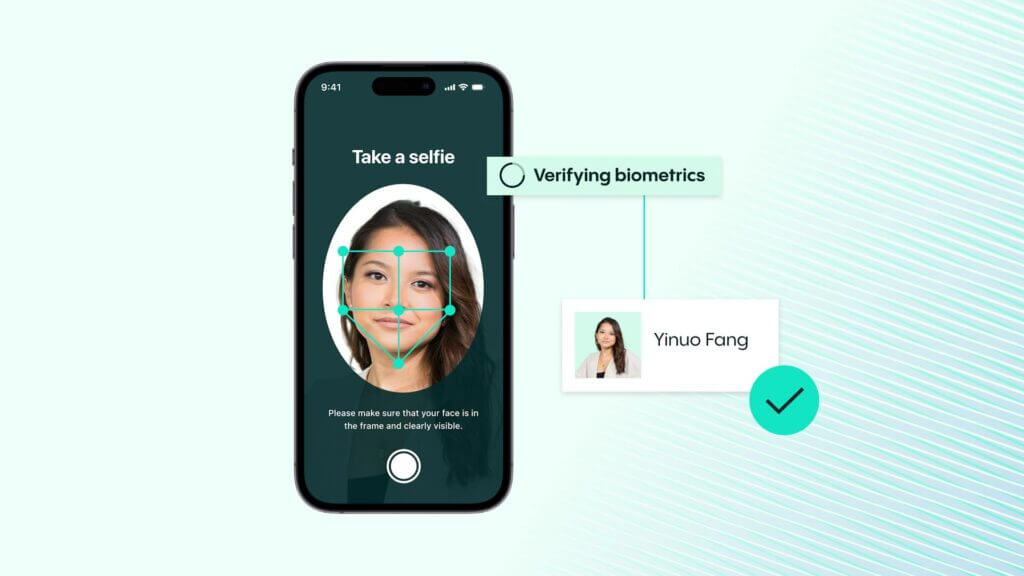IDV Article
Digital documents: Shaping the future of Identity Verification
Digital documents are changing the game for identity verification.Say goodbye to outdated physical IDs. Organizations, governments, and users worldwide are embracing versatile digital identities. But what does this mean for the future of IDV? Let’s dive into the global shift and how Veriff is driving innovation in this space.

What are digital documents?
Digital documents are the next step in the evolution of identity records. They securely integrate essential information like your photo, name, date of birth, and document number into an app-based format on a mobile device. These documents maintain the integrity of physical IDs while offering greater flexibility and security.
Various governmental & intergovernmental initiatives related to the digital identity exemplify this transformation. With the eIDAS regulation in Europe, the European Commission aims to make digital wallets accessible to 80% of European citizens by 2030. The goal is clear: streamline identity verification and empower citizens with secure, easy-to-use digital identities. While in the United States, with initiatives like Improving Digital Identity Act, we also observe an increasing government-wide effort to promote digital identity credentials for use in the public and private sectors.
A core advantage of digital IDs is that they are designed specifically for the online environment. Unlike physical documents, which were created for in-person verification, digital IDs prioritize privacy and security from the ground up. Romain Moisescot, Director of Product, from Veriff explains, “Digital native forms of IDs are really designed for the online world and in that way, they are designed with security and privacy in mind.”

Digital native forms of IDs are really designed for the online world and in that way, they are designed with security and privacy in mind.
This design allows selective disclosure, meaning users can only share the information necessary for a specific interaction. For example, proving you’re over 18 without revealing your exact date of birth or address. This minimizes data exposure and gives users more control, building confidence in digital interactions.
The UK’s mandatory digital ID for employment
A significant development in this space is the UK government’s plan to introduce a mandatory digital ID for anyone wishing to work in the country. This app-based system, stored on smartphones like a digital bank card, is designed to curb illegal immigration by making it harder for individuals without legal status to find jobs.
The UK’s digital ID will contain the holder’s photo, name, date of birth, nationality, and residency status. It will replace paper-based checks and the reliance on National Insurance numbers as proof of the right to work. By tying a photo to the identity document, the system aims to prevent the sharing or theft of credentials, a common problem in the shadow economy.
However, adoption is not without challenges. The UK has a history of resisting national ID cards due to concerns about government overreach, and this skepticism extends to digital IDs. Moiescot notes that trust can be built over time through practical applications. For instance, making digital IDs mandatory for specific use cases like the “right to work” can demonstrate their functionality and security in a controlled context.
Benefits of digital documents
The appeal of digital documents lies in the multiple benefits they offer:
Convenience
- Eliminating the need for physical IDs makes IDV more accessible and user-friendly, e.g. already today in the United States airports one can use their digital documents to pass the Transportation Security Administration (TSA) checks and board an airplane
Enhanced security
- Unlike physical IDs prone to theft and fraud, digital documents bring robust protection and precision to identity verification processes.
User control
- With digital documents, individuals have greater autonomy over the information they share, fostering trust and flexibility in online interactions.
The global adoption landscape
The move toward digital IDs is a global phenomenon, with various countries implementing their own systems:
- Estonia: A pioneer in this field, Estonia introduced its mandatory digital ID system in 2002. Citizens use it for voting, banking, accessing medical records, and digitally signing documents.
- Australia & Denmark: Both nations offer digital ID apps that citizens can use voluntarily to log into government and private services, simplifying online interactions.
- India: Its Aadhaar system provides a unique 12-digit number as proof of identity and residence, used widely for accessing services.
- The UK: Will require a digital ID for employment, aiming to secure its borders and labor market. The government has also suggested it could streamline access to services like driving licenses and tax records in the future.
Veriff’s global reach shows high adoption rates of digital ID documents in countries like the UAE, Brazil, the Philippines, and Colombia, highlighting the universal demand for a modern, digital approach to identity verification.
Veriff’s extensive global reach shows high adoption rates of digital ID documents in countries like the UAE, Brazil, Philippines, India, Nigeria, the US, Kuwait, Colombia and beyond, underlining the demand for a universal, digital approach to IDV.
Opportunities and challenges of digital IDs
The global push for digital identity verification presents both significant opportunities and distinct challenges.
Key opportunities
- Data centralization: A single digital identity can serve as a ‘one source of truth,’ simplifying verification across numerous platforms.
- Scalability: Digital documents streamline verification, making the process far more efficient than manual checks.
- Fraud protection: Digital IDs are inherently more secure and resilient to fraud than their physical counterparts, protecting both users and businesses.
- Data accuracy: Digital documents can be updated in real-time, ensuring information is always current and accurate.
Navigating the challenges
- Public trust and privacy: As seen with the UK’s plan, which has drawn criticism from civil liberties groups, introducing digital ID systems can face public resistance. Concerns over data security, privacy, and potential government overreach are common.
- Inclusivity: A major concern is ensuring access for everyone, especially those without smartphones, reliable internet, or digital literacy. The UK government has pledged to create alternatives, such as physical documents or face-to-face support, for these groups.
- Interoperability: A lack of common standards across different countries and systems can complicate digital document verification on an international scale.
- Legislative lag: Government regulations often struggle to keep up with the pace of technological change, creating potential gaps in legal frameworks that can slow down widespread adoption.
The role of AI in combating fraud
Online fraud is becoming increasingly sophisticated, largely due to AI making it easier to create convincing fake documents and manipulated selfies. Veriff’s research indicates a 21% year-on-year increase in online fraud, underscoring the need for robust verification systems.
Digital IDs counter this threat effectively by relying on secure, encrypted credentials. Romain Moisescot explains, “If you go to a purely digitally native ID, these frauds become moot because these are bypassed completely. You are just sharing credentials. They are secure, they are encrypted and they can’t really be tampered with.”
While AI aids fraudsters, it is also a powerful defensive tool. At Veriff, AI analyzes millions of data points to detect emerging fraud patterns and identify the “needles of fraud in the haystack” of verifications.

Join our digital documents webinar
Join our upcoming webinar on digital documents and discover the latest trends, innovations, and best practices in digital documentation.
The inevitable future of identity
Despite the challenges, the transition to digital IDs is inevitable. Romain Moisescot compares this shift to the widespread adoption of digital payments. “A decade ago, paying with a phone was rare; today, it’s often the default,” he notes.
Digital IDs offer unmatched convenience, security, and cost-effectiveness, making them a natural evolution in identity verification. While resistance will persist, the question is not whether we will transition to digital identities, but how quickly we will get there.
Veriff’s role in the digital IDV revolution
At Veriff, we are committed to leading the way in digital identity space document verification. By collaborating with government initiatives, such as eIDAS 2.0, and closely following US Congress legislative initiatives, we are prepared to meet the evolving needs of digital identity documents. Our system already today supports digital document verification, integrating with local government databases across multiple countries, demonstrating our dedication to innovation and global accessibility.
Hubert Behaghel, CPTO of Veriff, forecasts a significant shift towards digital IDs and registries by 2025 to combat fraud. Several U.S. states, including Illinois, Montana, Tennessee, New Jersey, North Dakota, Wyoming, North Carolina, and West Virginia, are preparing to roll out mobile driver’s licenses (mDLs) in 2025. Globally, this movement is gaining momentum, with Hong Kong’s government also working on legal frameworks to introduce mDLs. Hubert believes that, “these reusable digital identities will simplify online interactions by eliminating the need to repeatedly input credentials, instead offering a single, verified profile issued by a trusted authority.” He adds, “This unified approach integrates government data, public records, and user activity, strengthening fraud prevention for both businesses and individuals.”
Moreover, the use of biometric technologies, such as fingerprint, facial, voice, and retina recognition, is expected to expand. Countries like India already employ retina scans, and as governments adopt digital ID systems, biometrics will play an increasingly central role in fraud prevention. Since biometrics rely on unique physical or behavioral traits, they are much harder to forge, even with advancements in AI-driven fraud techniques.

These reusable digital identities will simplify online interactions by eliminating the need to repeatedly input credentials, instead offering a single, verified profile issued by a trusted authority. This unified approach integrates government data, public records, and user activity, strengthening fraud prevention for both businesses and individuals.

Embracing the future of digital IDV
As digital identity documents reshape the IDV landscape, Veriff stands ready to embrace this future. By partnering with governments and continuing to innovate, we are paving the way for secure, user-centric identity solutions that meet the needs of a digital-first world.
Ready to explore the power of digital IDV? Contact Veriff today and be a part of the digital document transformation.














